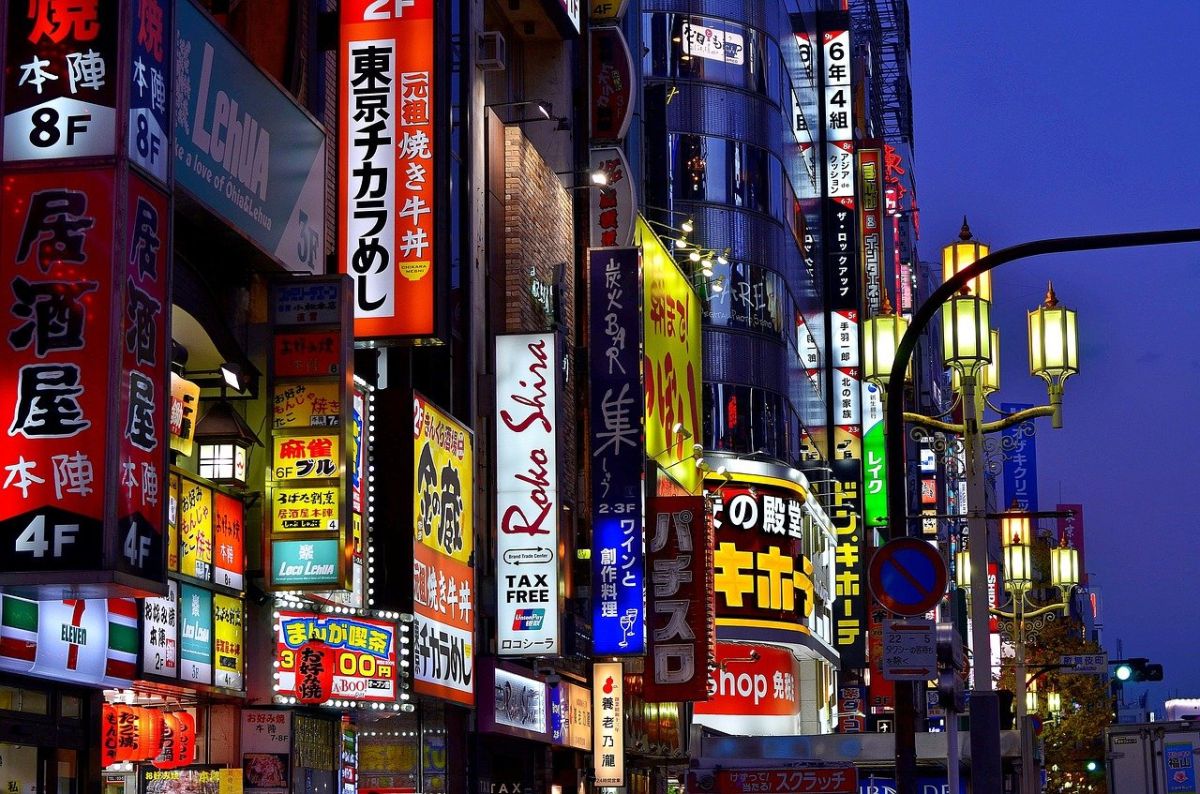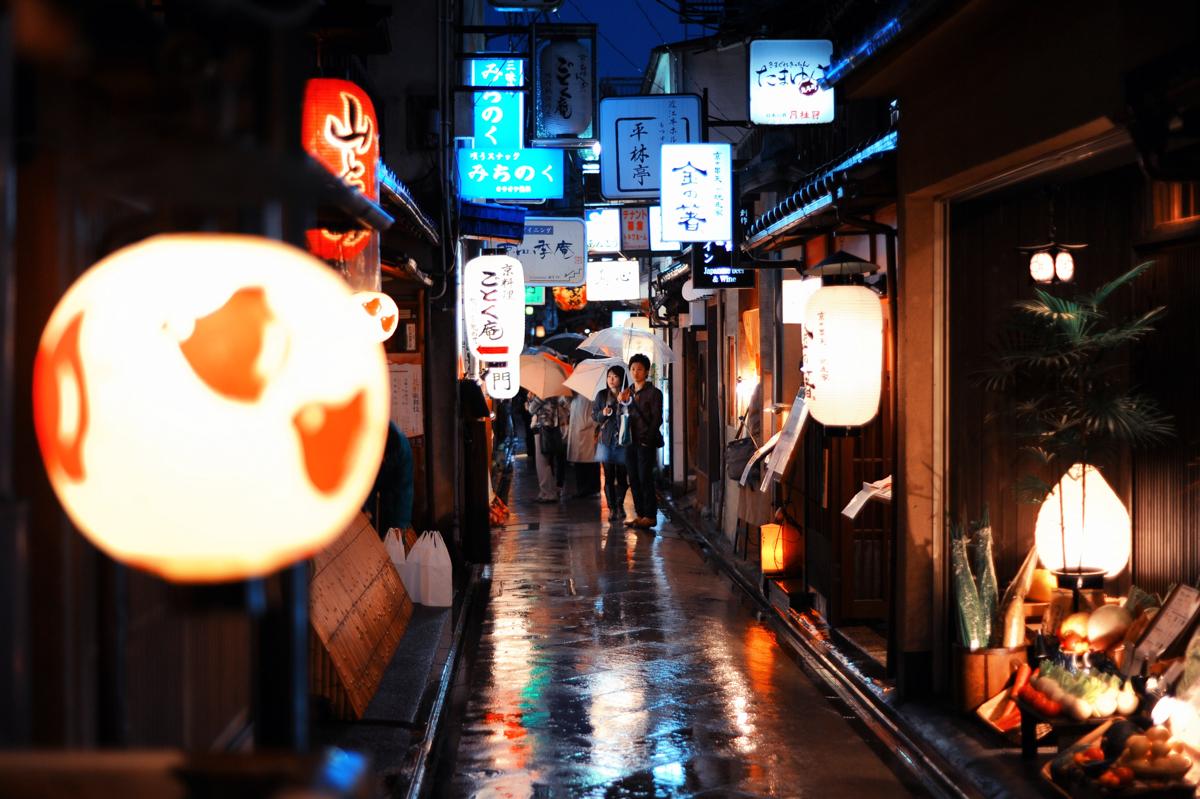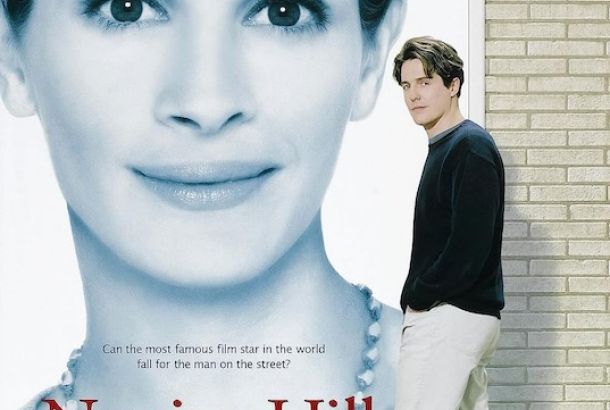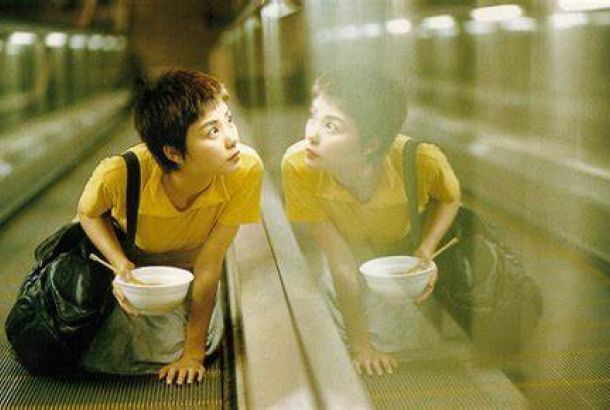INTERNATIONAL FILM: Japanese New Wave – An introduction

Written by Jason Fox.
The late 50s and early 60s saw an explosion of experimentation in film across the world. Various groups of young, angry directors began to make films that challenged social norms to the point of ridicule and pulled apart cinematic conventions.
Whilst the French New Wave gained international recognition during the period, similarly transgressive films were being produced by filmmakers in Japan. Existing alongside the notoriously bold filmmaking styles of Kurosawa, Mizuguchi and Ozu, the Japanese New Wave was a movement that tackled taboo subjects and experimented with the medium radically. It fed into a much wider counter cultural movement that happened in Japan that, through film, theatre, music, and art attacked mainstream culture and challenged many of the region’s cultural assumptions.
Trying to sum up the entire movement in this short article is a difficult task, but there are certainly a few films that stand out. The work of director Hiroshi Teshigahara is an excellent starting point. His existential thrillers The Face of Another (1966) and, most famously, Woman in the Dunes (1964) transcend their genre almost immediately and present a deeply cynical vision of human nature. Woman in the Dunes is about a man imprisoned in a sand dune for seemingly no purpose. It is arguably the most claustrophobic film ever made. You can feel his entrapment in every frame and get a horrifically intimate look as he slowly loses hope of being rescued.

If that sounds a bit grim for your taste, there’s no need to worry. Seijun Suzuki’s bizarrely comic yakuza thrillers, Tokyo Drifter (1966) and Branded to Kill (1967), are more light-hearted entry points into the genre. My personal favourite, however, is Toshio Matsumoto’s Funeral Parade of Roses (1968). Radical in its depiction of the trans community in Japan, the film sheds light on the day to day lives of people in a way that challenges many conventional notions about Japanese society. On a technical level it is outstanding. The sublime editing allows for moments of experimentation that feel completely seamless whilst any semblance of conventional narrative structure goes out the window.
However, the movement as a whole is far wider in scope than the few films mentioned here. One of the most recognisable names is that of Kanedo Shindo. His nihilistic presentation of peasant life in Onibaba (1964) remains one of the most highly praised Japanese horror films to this day. His second horror, Kuroneko (1966) is no less brilliant. And yet it is his first film, The Naked Island (1960), which gained the best critical response. Shot almost entirely without dialogue, it shows the daily struggles of a family living on a small island as they slowly run out of food.
Masaki Kobayashi is another important name. Famous for making some of the most praised films to come out of Japan in Harakiri (1962) and the Human Condition Trilogy (1959-61), he dabbled in new wave techniques in the horror anthology Kwaidan, which has some of the most vibrant and expressive use of colour in horror cinema. Some of the most impressive new wave films also came out later in the 70s. The most notable example was the work of Shuji Terayama, who until then, was mostly famous for his work in theatre. His film Throw Away Your Books, Rally in the Streets (1974) is arguably the best punk film ever made. Inseparable from the Japanese counter cultural movement, this film served as a direct attack on the west, and as a celebration of countercultural Japanese culture.
It is fair to say that this overview has only scratched the surface of the Japanese New Wave. However, I hope that with these recommendations you, the reader, can immerse yourself further in what is surely one of the most exciting and diverse movements in film history.







